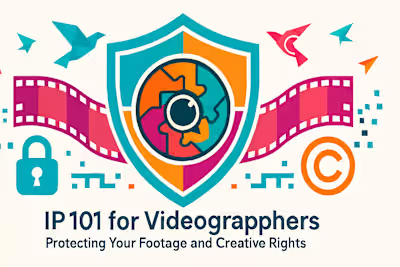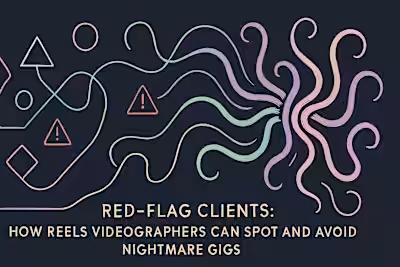Invoice Like a Pro: Billing Tips for Videographers to Get Paid Faster

Invoice Like a Pro: Billing Tips for Videographers to Get Paid Faster
Anatomy of a Perfect Invoice
Essential Information to Include
Detailed Service Breakdown
Clear and Conspicuous Totals
Setting Payment Terms for Success
Due Dates: 'Net 30' vs. 'Due Upon Receipt'
Implementing Late Payment Fees
Offering Multiple Payment Options
Strategies to Accelerate Payments
The Power of the Upfront Deposit
Milestone Payments for Large Projects
Incentivizing Early Payments
Managing the Invoicing Process
Using Invoicing Software
When and How to Send Invoices
The Professional Follow-Up
Conclusion
References
Invoice Like a Pro: Billing Tips for Videographers to Get Paid Faster
Anatomy of a Perfect Invoice
Essential Information to Include
Detailed Service Breakdown
Clear and Conspicuous Totals
Setting Payment Terms for Success
Due Dates: 'Net 30' vs. 'Due Upon Receipt'
Implementing Late Payment Fees
Offering Multiple Payment Options
Strategies to Accelerate Payments
The Power of the Upfront Deposit
Milestone Payments for Large Projects
Incentivizing Early Payments
Managing the Invoicing Process
Using Invoicing Software
When and How to Send Invoices
The Professional Follow-Up
Conclusion
References
Posted Jun 30, 2025
Stop chasing payments. Learn how to create professional invoices, set clear payment terms, and use billing best practices to ensure you get paid on time, every time.
0
32








